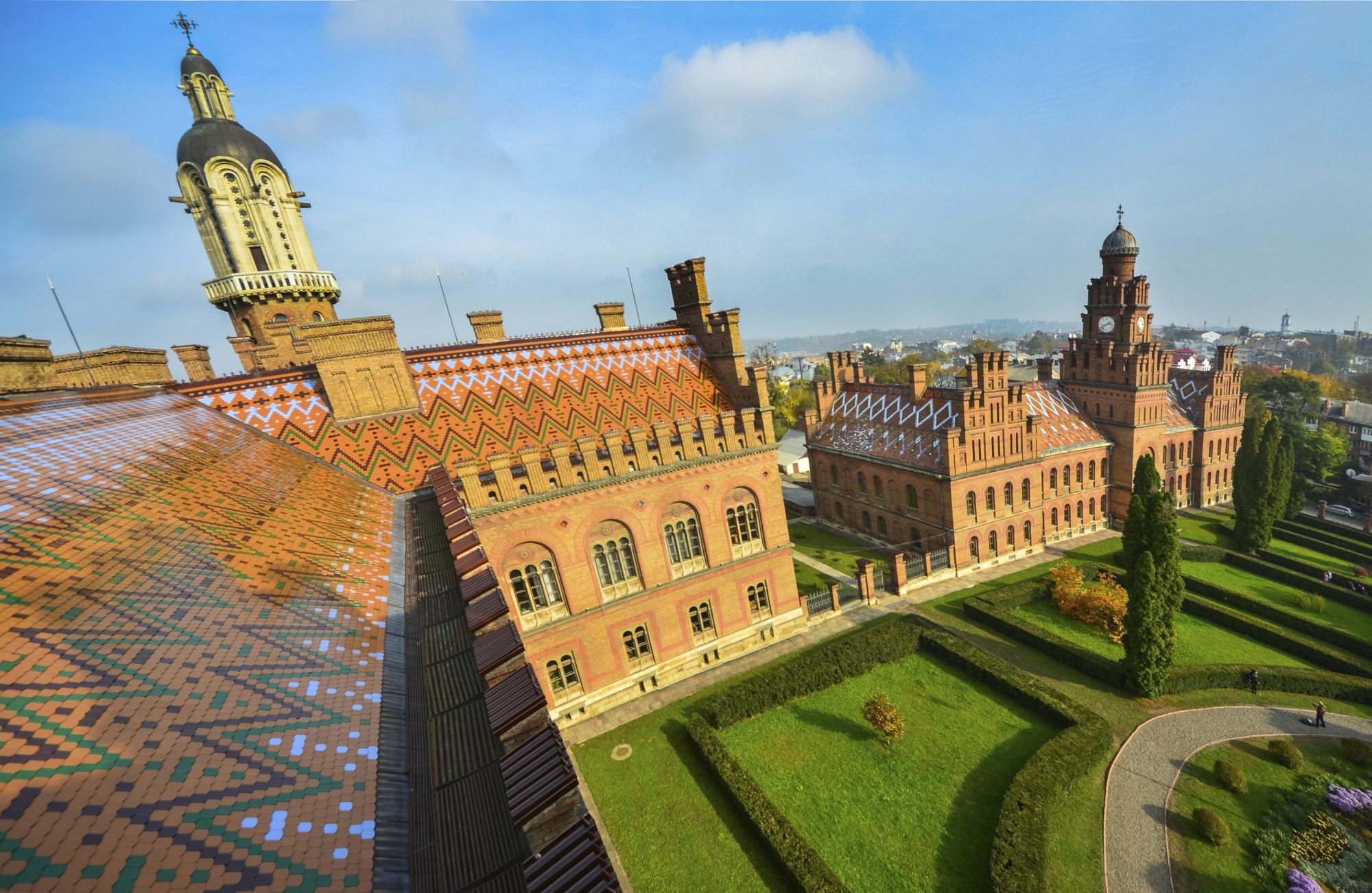Japan's population is already declining with fewer births and a rapidly graying society, but the decline is not evenly distributed across the country. While the more rural parts of the country have witnessed a massive exodus of young people, the large population inflow into Tokyo continues unabated. Concerned with this demographic trend, the government hopes to rectify the concentration in Tokyo to maintain the vitality of rural areas.
Compared with other advanced economies, Japan has historically had an extremely high concentration of its population. The greater Tokyo area is the world's most populated megalopolis. The three big metropolitan areas — Tokyo, Kansai roughly 500 km away and the area around Nagoya lying in between — are home to half the nation's citizens. The population of the Tokyo megalopolis that includes neighboring prefectures tops 38 million, and the Kansai and Nagoya areas have 17 million and 10 million, respectively. A belt region like this, with a densely concentrated population of 65 million souls, cannot be found anywhere in the world.
Any further influx into Tokyo is deemed undesirable from the viewpoint of risk management in the face of major earthquakes and other disasters.


















With your current subscription plan you can comment on stories. However, before writing your first comment, please create a display name in the Profile section of your subscriber account page.